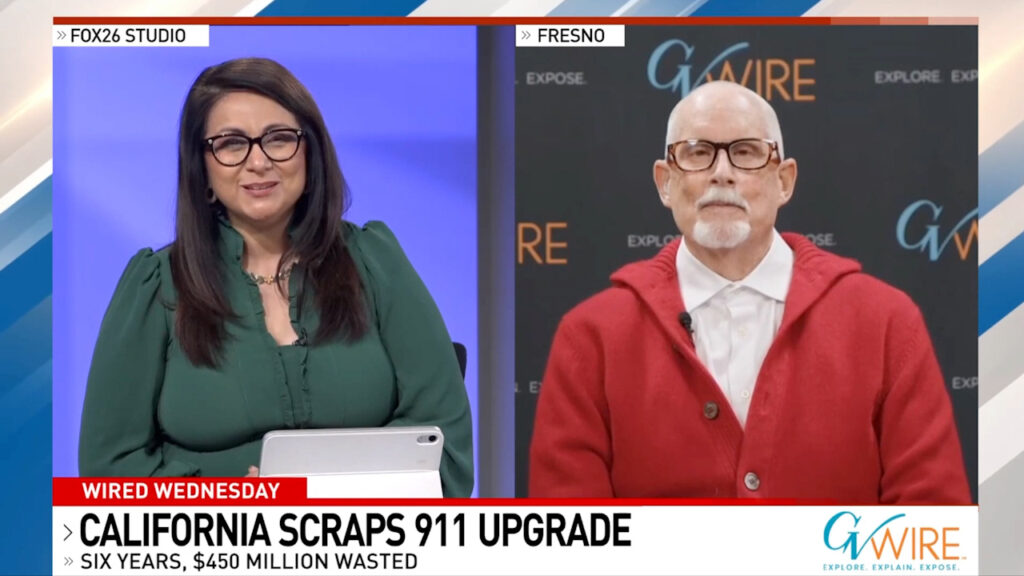U.S. dollar banknote and medicines are seen in this illustration taken, June 27, 2024. (Reuters File)
Share
|
Getting your Trinity Audio player ready...
|
NEW YORK — Annual premiums for U.S. families with employer-sponsored health insurance in 2025 rose 6% to nearly $27,000, reflecting higher spending on popular weight-loss treatments and other prescription drugs, according to a survey by health-policy organization KFF.
The survey of employers, conducted in the first half of this year, found that premiums for coverage for a family rose $1,406 to $26,993 on average for the year. Workers will have contributed $6,850 of that with employers covering the balance.
Employers surveyed by KFF most frequently cited prescription drug prices as the greatest contributor to cost increases, followed by rates of long-term illnesses and greater use of medical services.
Premiums for families have increased 26% over the past five years, and KFF said early data shows increases will continue in 2026 unless employers find ways to mitigate costs.
Reuters has previously reported that 2026 premiums are expected to increase by 6% based on surveys. Enrollment for such plans would typically run during part of October and November of 2025.
“Employers have nothing new in their arsenal that can address most of the drivers of their cost increases and that could well result in an increase in deductibles and other forms of employee cost-sharing again,” said KFF CEO Drew Altman.
GLP-1 Drugs Drive Costs Higher
Insurance coverage of GLP-1 weight-loss drugs such as Novo Nordisk’s Wegovy and Eli Lilly’s Zepbound, has grown. The drugs have been shown to help people lose around 15% of body weight.
For companies employing over 200 people, 36% said those drugs added higher costs to plan premiums.
About 43% of companies managing over 5,000 workers covered the drugs in their largest plans, while 59% of those employers said the costs of that offering exceeded their estimates for the year.
Employers aiming to mitigate the outsized costs of GLP-1s will likely implement conditions for coverage, such as requiring members to use weight-loss coaching programs or nutritional services, KFF said. They could also stop covering them, KFF said.
The KFF survey polled 1,862 public and private U.S. employers between January and July of 2025, with workforces of at least 10 people. KFF data showed around 150 million people under age 65 receive insurance through their employer.
—
(Reporting by Amina Niasse; editing by Caroline Humer and Bill Berkrot)



















